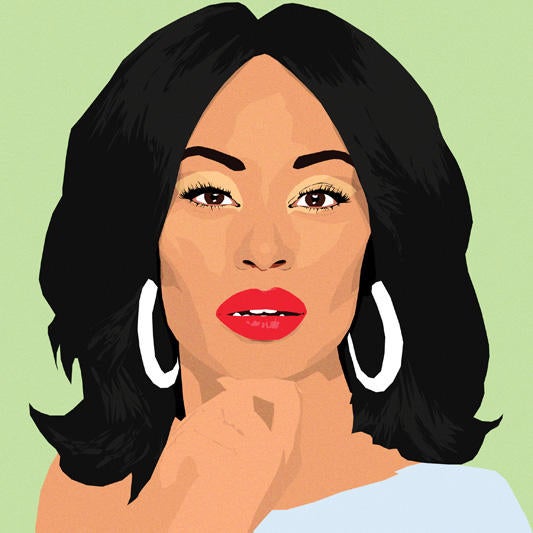Interior designer Keia McSwain took over as president of the Black Interior Designers Network (BIDN) and principal of Kimberly + Cameron Interiors when their founder, Kimberly Ward, passed away last year. This summer, she presided over BIDN’s seventh-annual conference in Atlanta, a three-day gathering that embodied Ward’s mantra, “Let’s keep moving forward.” Inspired by her forerunner, McSwain is doing her damnedest to fill what she calls “super huge shoes” while making a lasting impact that’s all her own.

I’d dreamt of seeing other designers that looked like me, and apparently I wasn’t the only one—or the first. Before I hit the scene, interior designer Kimberly Ward was always asked, “Where are all of the black designers?” She published the first Top 20 African American Interior Designers list in 2010 with the hope of creating a resource for those seeking to work with or for black interior designers. It soon grew into an entire network for designers of color.
I met Kimberly at an ASID event, where we talked about how many people are working for a paycheck instead of doing exactly what they are meant to do. I was one of those people! I began writing for Kimberly’s online magazine, and at the same time, I pestered her to teach me what I needed to know to be a great designer. I assured her that I was willing to do whatever it took to be great and to serve others. She recognized that I didn’t lie about “having an eye,” gave me what seems like a million books to read—and it was all uphill from there! Kimberly mentored me for two and a half years. The most important lesson she taught me was that everyone won’t always see or accept your vision, but you have to keep going. She said that fear keeps you stuck—both fear of failure and of success. “It’s OK to shine, to stand out from the ordinary,” she always said.

BOH subscribers and BOH Insiders.









































